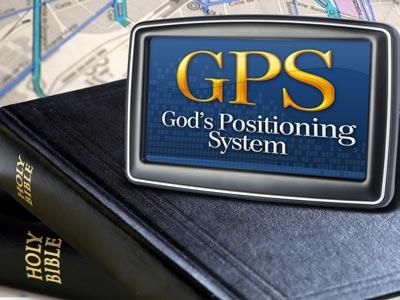-
When The Wind Prays
Contributed by David Dunn on Oct 10, 2025 (message contributor)
Summary: The same God who moved in the tops of David’s trees still moves through every heart that longs for Him.
1. The Meeting in Kalimpong
It was the early 1950s, in the hill town of Kalimpong—that last green shoulder of India before the snow peaks of Tibet. My father had been assigned there as a young medical missionary. He could look north and see the white ridge of Kanchenjunga, so close it almost felt like the threshold of another world.
At that time Tibet was still open, still mysterious.
The plan was that our family would follow once Dad established the post.
But before the papers cleared, the border closed.
Communist troops crossed the passes, and an entire kingdom slipped behind walls of silence.
Yet just before that door shut, something remarkable happened. Word spread through town that the Dalai Lama, still a teenager then, was passing through Kalimpong with a small retinue of monks. Merchants closed early; pilgrims filled the narrow lanes. And my father was invited, with a few others, to meet him.
He later told me the meeting was brief but unforgettable.
The young Lama entered quietly, smiling the way mountain light softens a room.
They spoke through an interpreter—my father about medicine and mercy, the Lama about compassion and peace.
When they parted, the Dalai Lama lifted his hand in blessing.
Outside, the wind caught the rows of prayer flags, sending color and movement rippling across the sky.
And my father stood there a long time, wondering—
Where do those prayers go?
To whom are they sent?
Does God hear the prayers that ride the wind?
2. Where Do the Prayers Go?
That question has never left me.
Years later, I found myself walking the same Himalayas, May 1974.
The air was cool and sharp.
The river thundered below.
And above me, lines of faded prayer flags fluttered between the pines.
Each one carried a printed mantra, ancient syllables meant to bless the world as the wind passed through.
And I thought: This is their worship.
The wind is their choir; the hills are their cathedral.
They’re sending prayers into the sky—
and we do it too, don’t we?
We just use different forms.
Muslims call theirs from minarets five times a day.
Catholics light candles.
Adventists go to camp meeting, pitch tents, sing, and pray.
Every culture has its own language of longing.
Every people builds a way to remember the Divine.
So again—Where do the prayers go?
Does God hear them all?
Does He answer?
3. The God Who Hears
Scripture gives a surprising answer.
He heard Hagar crying in the wilderness.
He heard Cornelius, the Roman officer who didn’t yet know Christ.
He heard the thief on the cross, breathing his last.
God hears because He loves.
He's not listening for perfect theology; He listens for honest need.
The psalmist said, “You hear my voice in the morning.”
Paul said even “the Spirit Himself intercedes for us with groanings too deep for words.”
So yes, He hears. He also draws.
He takes every true longing and turns it toward truth.
That’s the missionary work of the Holy Spirit
—to take the wind of human searching and aim it toward Jesus.
4. No Restrictions to My Prayers
That’s why I love that line we say sometimes:
“There are no restrictions to my prayers.”
God meets me in my habits, my scribbled lists, my morning walks, my whispered thoughts before sleep.
He doesn’t scold me for my methods. He meets me in them.
Because it’s never the form that moves His hand—it’s the faith that opens His heart.
Remember David?
He didn’t get instructions for a new ritual. He got a sound.
>>“When you hear the sound of marching in the tops of the balsam trees, then move, for the Lord has gone before you.” (2 Samuel 5)
The wind became the signal that God was already on the move.
5. Our Little Reminders
People everywhere use helps to remember the sacred.
Tibetans turn prayer wheels.
Catholics finger rosary beads.
And we wear wristbands stamped with WWJD—What Would Jesus Do?
Different symbols, same impulse: we’re forgetful creatures trying to hold on to something holy.
That wristband isn’t magic.
It doesn’t make you righteous.
But when your hand reaches for a steering wheel, a handshake, or a keyboard, it asks the question again:
“What would Jesus do right here?”
It’s a modern prayer wheel, except the motion it’s meant to turn is our character.
The difference between superstition and faith is relationship.
Superstition tries to control God;
Faith allows God to control us.
6. When Ritual Replaces Relationship
The Jews understood symbols too.
God gave them good ones—phylacteries on their arms, fringes on their garments, the Ark of the Covenant.
But what began as reminders became performances.
Jesus said, “They make their phylacteries wide and the tassels on their garments long.” (Matthew 23:5)
They wanted to be seen as holy instead of being holy.

 Sermon Central
Sermon Central



